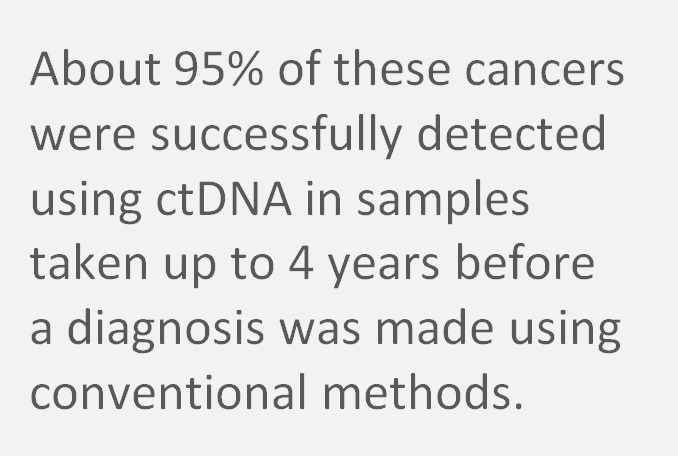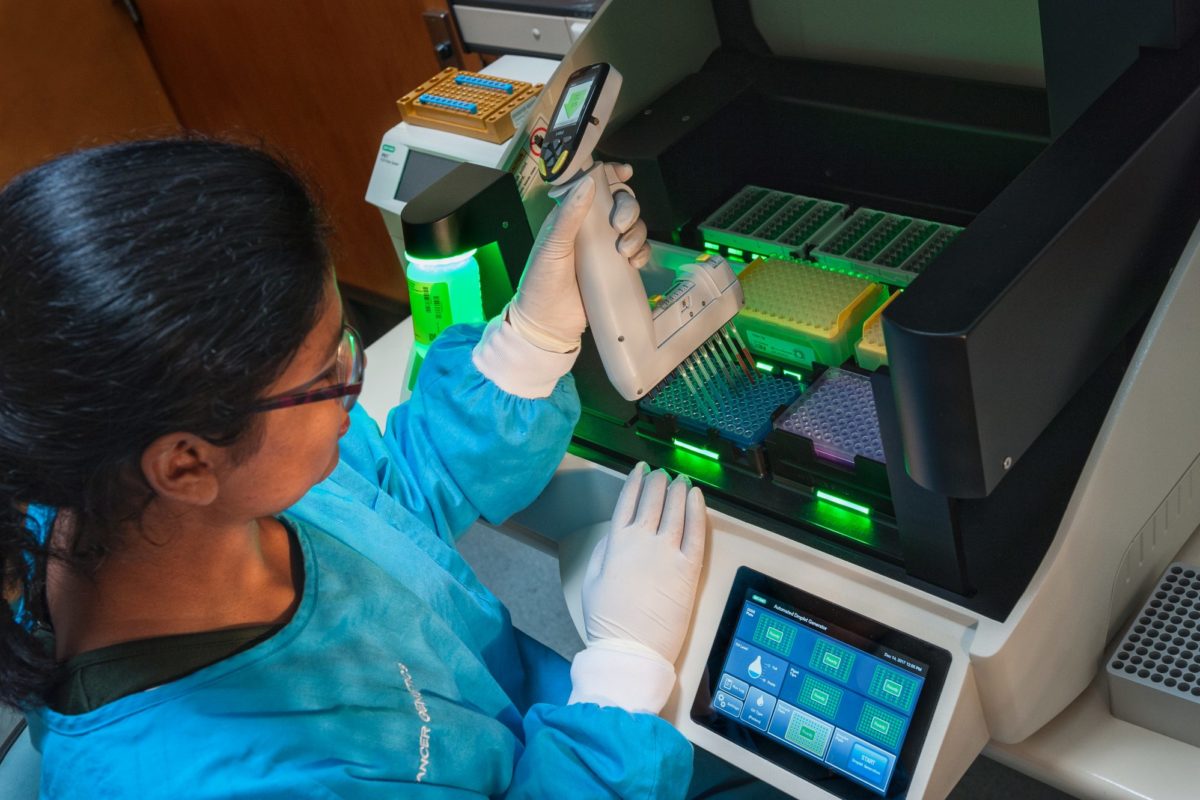Promising results from circulating tumour DNA cancer research
3 August 2020
A recent publication from Fudan University in China, is one of several international studies which are demonstrating the power of circulating tumour DNA (ctDNA) technology for the early detection of cancer.
CtDNA is an emerging technology which uses simple blood tests to identify and measure cancer markers in the bloodstream. The technology offers the potential to develop simple new methods for diagnosing cancer and monitoring the benefit of cancer treatment. For patients, the benefits include testing that is less invasive, more timely, can be carried out closer to home, and leads to more effective treatment. For the healthcare system, integrating ctDNA technology could reduce health inequities, reduce pressure on hospitals, and reduce costs.
Large study from Fudan University
This latest study, published recently in Nature Communications, stands out because it analysed blood samples that were collected as part of a large longitudinal study involving 123,000 people.

Of the 123,000 participants, 575 developed cancer during the study. Researchers were able to go back to blood samples that were taken before cancer developed to determine if it could have been detected using ctDNA. About 95% of these cancers were successfully detected using ctDNA in samples taken up to 4 years before a diagnosis was made using conventional methods. Critically, the false positive rate was only around 5% in this study.
Healthier Lives ctDNA research programme

The Healthier Lives He Oranga Hauora National Science Challenge has an established ctDNA research programme led by Professors Parry Guilford and Cris Print, which is applying the technology to enable better surveillance of patients during and after their treatment.
In addition, two new projects are exploring adaptations of the technology for early diagnosis.
“These new projects are initially focused on stomach and bowel cancer, but the technology will be transferable to use for most cancers,” says Professor Guilford.
“One of our goals is to develop a version of ctDNA that is adapted to Aotearoa New Zealand’s distinct populations and can be used to enhance the bowel cancer screening programme that is currently being rolled out across the country.”
CtDNA benefits for Aotearoa

Because ctDNA is so specific, it may be a better test than the current stool test used for bowel cancer screening. Alternatively, it could be used to triage people who have tested positive for the stool test (which generates a high level of false positive results) prior to undergoing a colonoscopy.
The Healthier Lives team is hoping to get a sensitive version of the test established in the laboratory in the next 18 months, followed by clinical validation as a potential bowel cancer screening tool. This would reduce the number of unnecessary colonoscopies and the massive economic burden that this method currently imposes on New Zealand’s healthcare system.
Read more about the Healthier Lives ctDNA for better cancer care research project.
The Non-invasive early detection of cancer four years before conventional diagnosis using a blood test study from Fudan University has been published in Nature Communications, and is available to read here.


